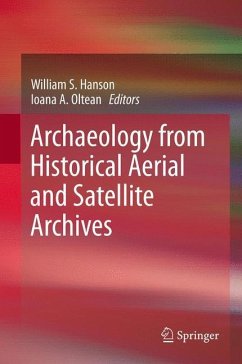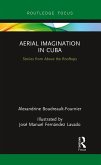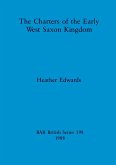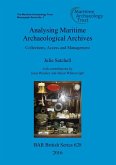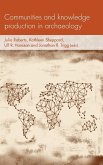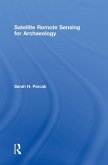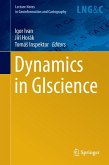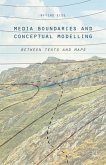Historical archives of vertical photographs and satellite images acquired for other purposes (mainly declassified military reconnaissance) offer considerable potential for archaeological and historical landscape research. They provide a unique insight into the character of the landscape as it was over half a century ago, before the destructive impact of later 20th century development and intensive land use. They provide a high quality photographic record not merely of the landscape at that time, but offer the prospect of the better survival of remains reflecting its earlier history, whether manifest as earthworks, cropmarks or soilmarks. These various sources of imagery also provide an opportunity to examine from the air areas of Europe and beyond whose skies are still not open to traditional archaeological aerial reconnaissance. Tens of millions of such images are held in archives around the world, but their research potential goes very largely untapped. A primary aim of this volume is to draw to wider attention the existence, scope and potential access to historical archival aerial and satellite photographs, in order to encourage their use in a range of archaeological and landscape research. By drawing attention to this massive archival resource, providing examples of its successful application to archaeological/landscape questions, and offering advice how to access and utilise the resource, the volume seeks to bring this material to wider attention, demonstrate its huge potential for archaeology, encourage its further use and stimulate a new approach to archaeological survey and the study of landscape evolution internationally.
From the reviews:
"Hanson, Oltean, and 27 colleagues (mostly British) focus on historical aerial and satellite images, motivated by a NATO-sponsored workshop (2000) and a 2007 conference on aerial photography. The editors provide informative discussions on the existence, scope, and potential access to images. ... The 18 chapters are supplemented by 101 figures (28 in color) and four tables. ... Summing Up: Recommended. Upper-division undergraduates and above." (C. C. Kolb, Choice, Vol. 50 (10), June, 2013)
"Hanson, Oltean, and 27 colleagues (mostly British) focus on historical aerial and satellite images, motivated by a NATO-sponsored workshop (2000) and a 2007 conference on aerial photography. The editors provide informative discussions on the existence, scope, and potential access to images. ... The 18 chapters are supplemented by 101 figures (28 in color) and four tables. ... Summing Up: Recommended. Upper-division undergraduates and above." (C. C. Kolb, Choice, Vol. 50 (10), June, 2013)

